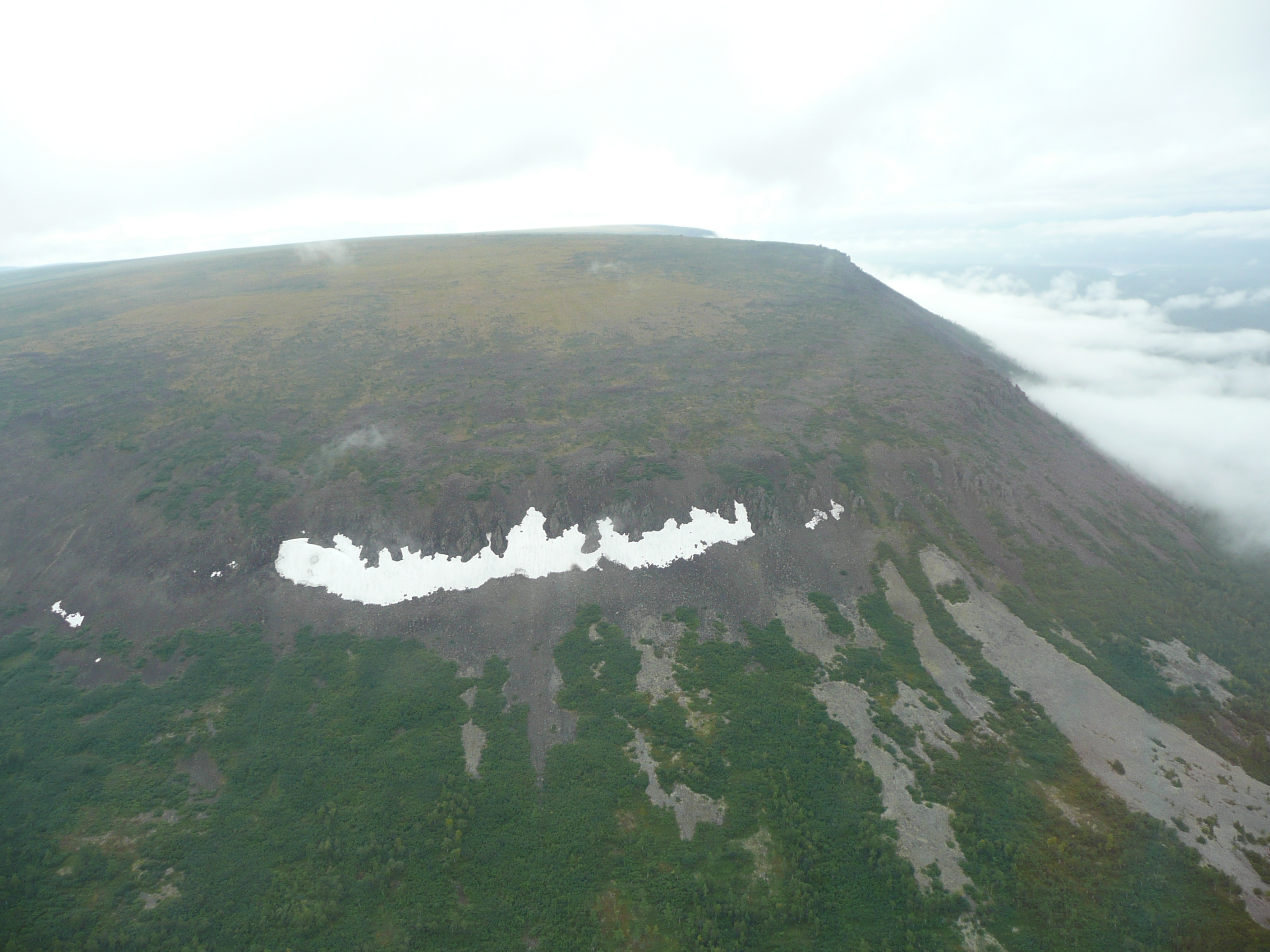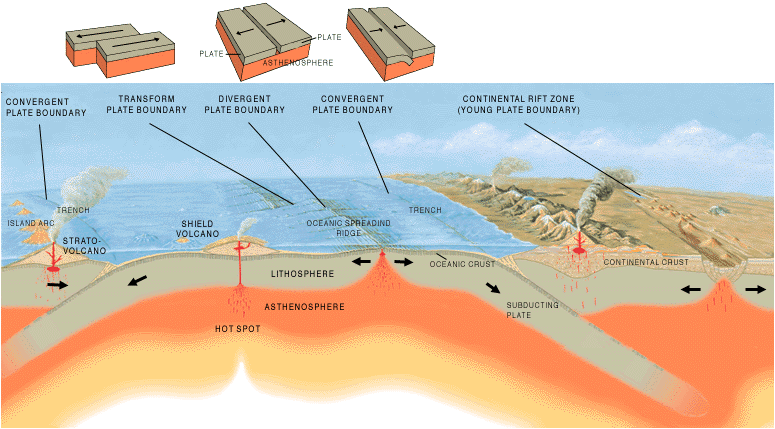| https://encrypted-tbn0.gstatic.com/images?q=tbn:ANd9GcTF-u5wIa-NPncoxVt2-kjOPTbVbdaG55LDyw8lgJ-uEVji4NcK |
This week we have been doing a project on Natural Disasters. We started by getting a paper on a natural disaster, such as, wildfires and thunderstorms. Then, we filled in the answers with data we have researched online. For example, our first paper was on wildfires. We worked to find out where they occur and how they were formed. The purpose of the project was to figure out what the safest place in America is. So, we had to research and find out which place have the least natural hazards occurrences.
SP8: Obtain, evaluate and communicate information: I used scientific text from the link provided from our science class to find important information and evidence about natural disasters, such as, wildfires and thunderstorms . I read about how they form, where they occur, and what they are. We used this information to fill out sheets with questions on them to get our data so we can eventually get to a conclusion about what place in america is the safest to live. We have worked on the papers wildfires, thunderstorms and some of hurricane. We have started to learn which places seem to have lots going on. All this information I just know will lead us to our conclusion.
SP8: Obtain, evaluate and communicate information: I used scientific text from the link provided from our science class to find important information and evidence about natural disasters, such as, wildfires and thunderstorms . I read about how they form, where they occur, and what they are. We used this information to fill out sheets with questions on them to get our data so we can eventually get to a conclusion about what place in america is the safest to live. We have worked on the papers wildfires, thunderstorms and some of hurricane. We have started to learn which places seem to have lots going on. All this information I just know will lead us to our conclusion.


